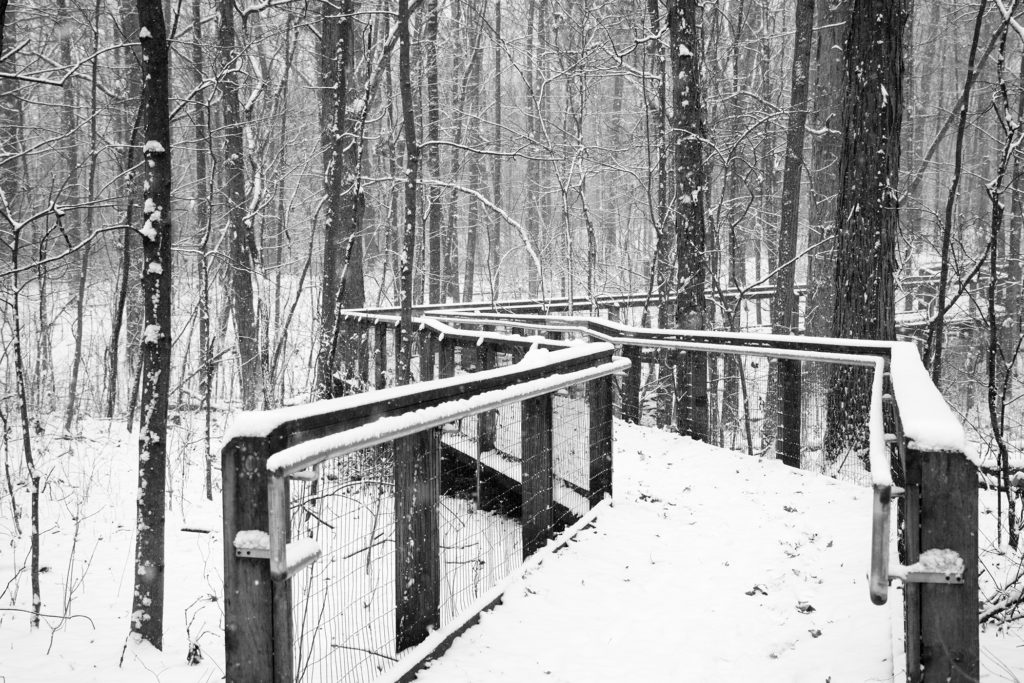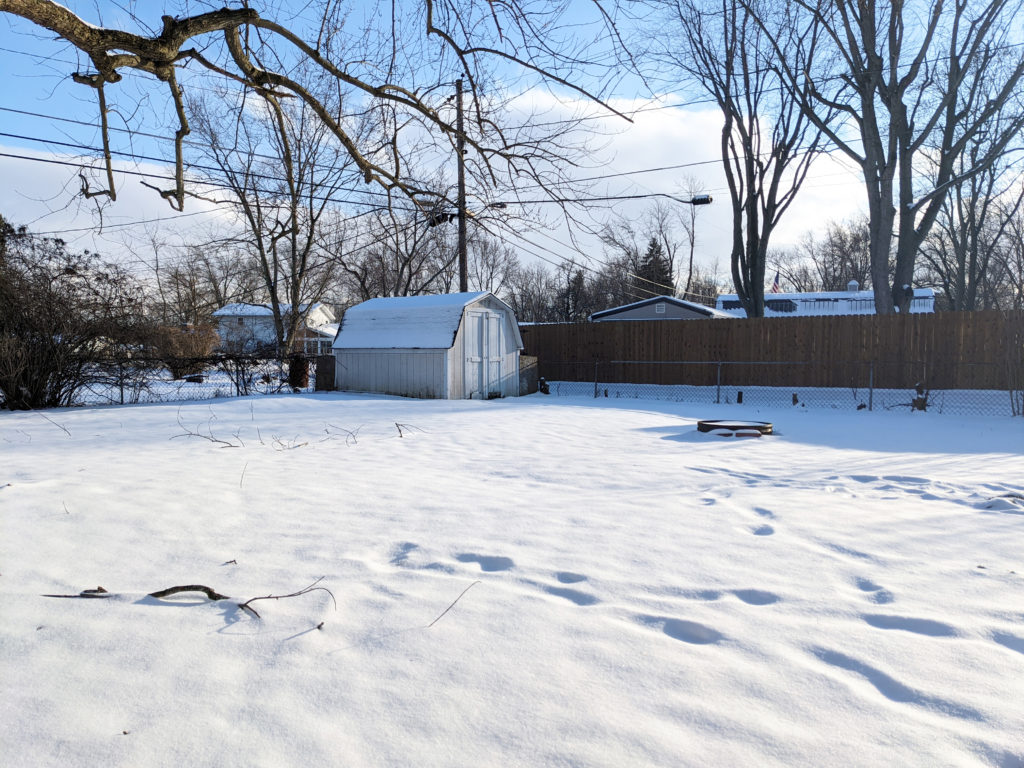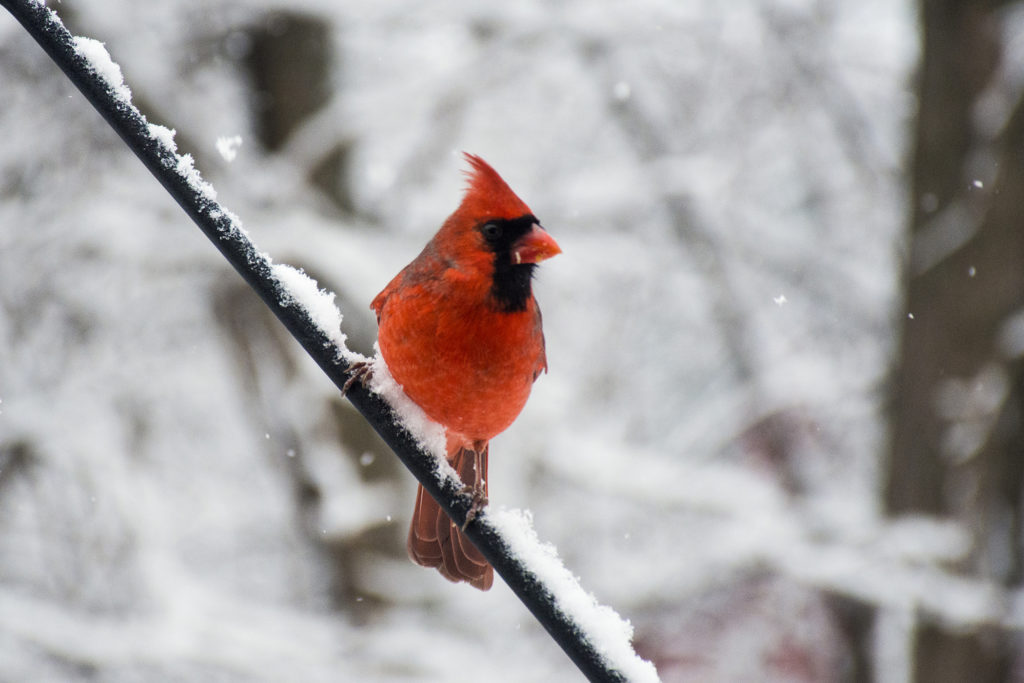As much as I resist the coming of winter and the first snow of the year, there is something peaceful about waking up to a fresh layer of snow on the ground, or looking out the window and seeing the big white flakes drifting down from the sky. It’s only natural to want to take pictures of these lovely winter landscapes.

Snow is notoriously difficult to photograph. Often a picture on your phone or the back of your camera doesn’t look nearly as good as what you see in front of you. But I have some tips for you to help improve your snow photography!
Increase Brightness for White Snow
Snow tends to reflect a lot of light, and if you’re shooting with a phone or camera using an “Auto” exposure feature, chances are your camera will try to compensate for the brightness. When this happens, your images turn out dark and dull, and the snow tends to look grey. The best thing you can do to make your snow images nice and clear is to make sure they’re nice and bright.


If you’re shooting using manual settings, keep this in mind and overexpose your pictures just a little to make sure the snow stays nice and white. You can do this by increasing the ISO or using a wider aperture. On a smartphone, you can use the brightness slider or tap one of the darker areas of the image on the screen to expose for mid-tones instead of the bright snow. (You can also increase the brightness later in an editing app.)
Look for Contrast and Texture
A fresh snowfall covering the ground and trees is peaceful and beautiful to look at, but a photo that only contains white snow can look flat. Look for things that can add contrast to the scene, like a plant or building covered in snow. Adding something with a darker or brighter color can contrast against the white snow and make it stand out. Red barns, colorful birds, and wood on trees or fences look especially good against a white backdrop.

Don’t be afraid to look for little details. A wide shot of a snowy landscape tells a story, of course, but a patch of snow gathered on top of a fence post or plant tells a story, too. The texture of a tree branch or building can create contrast against the fresh snow.

Catch Falling Snowflakes
I love capturing falling snow. No matter how cold and long the winter is, snowflakes and fresh snowfall always look magical. To freeze the motion of snowflakes, I use shutter speeds at 1/500 and above. Otherwise, the snowflakes blur and the picture doesn’t come out very clear.

Snowy landscapes are beautiful and festive, and they never look the same twice. There’s nothing like capturing fresh snowfall, and keeping these tips in mind will help you improve your snow photography this winter.
I also shoot portraits during the winter! If you’re willing to brave the cold, I am willing to brave it with you. Send me a message if you want to try a wintry senior or family session!

leave a comment